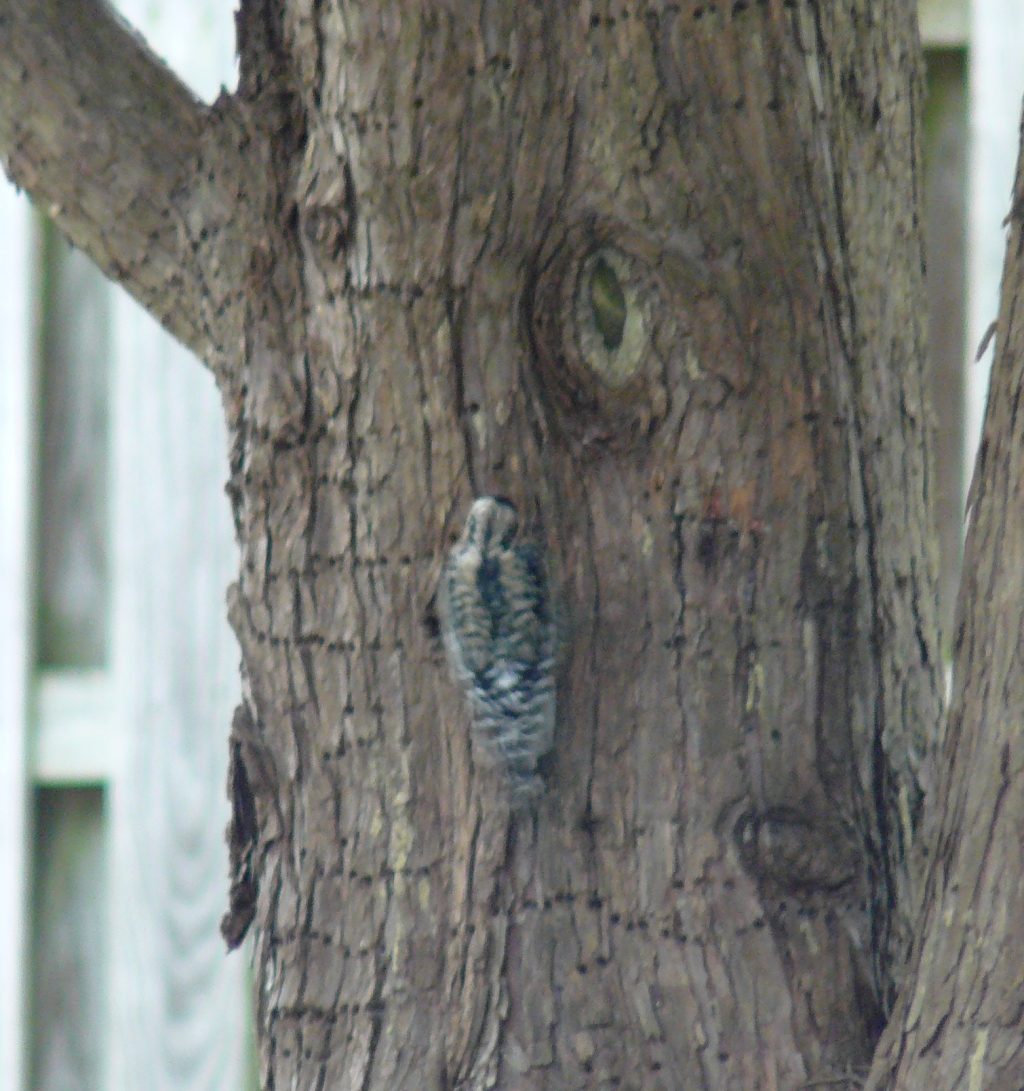IMPORTANT NOTE: For those who are interested in participating in the international Backyard Nature Challenge, which begins next Friday (April 24th), you may want to view the recording of yesterday’s Zoom meeting about documenting and uploading your nature observations so that they are counted toward the Baltimore totals. The event organizers at the National Aquarium gave an open Zoom presentation for dozens of amateur naturalists in the Baltimore area to train folks about the use of iNaturalist; it was recorded to be distributed to many more interested parties. Please click here, if you would like to watch that training meeting and learn more about the upcoming event or the iNaturalist website in general.
was ID QUIZ #5 ENOUGH of a challenge or are you eager for more?!?
Most amateur naturalists tend to be more interested in certain phylogenetic groups than others. Some prefer botany and know their plants really well, but are less familiar with the Animal Kingdom in general. Others find the one million-plus species in the Fungi Kingdom interesting, particularly mushrooms. Many choose to focus on certain classes of vertebrates, such as fish, amphibians, reptiles, mammals, or the ever popular birds, but few know each of these groups equally well. Others are fascinated with entomology and study insects, which are the largest class of the phylum Arthropoda. Even the Arachnid class (spiders) of invertebrates have their following. Less popular, but equally fascinating are some of the other phyla of animals, like segmented worms, mollusks, and sponges. Whatever catches your interest can develop into quite a passion, for nature’s subtle adaptations and evolutionary stories are truly wondrous. However, there is such great diversity in the organisms around us, that no naturalist can know everything. That’s particularly what makes these identification quizzes difficult. Sure, you may be breezing through the plant ID’s or the birds, but are you doing just as good a job with the amphibians? Or the insects? Most nature-lovers have their particular passion, but still strive to take advantage of opportunities to learn outside of that area of expertise.

So, how’d you do? The following 12 organisms were pictured in yesterday’s ID Quiz:
- Yellow-bellied Sapsucker — aside from the Flicker, our only real migratory woodpecker; generally arrives in MD in October and leaves for northern breeding grounds in April; particularly fond of fruit trees, in which it drills impressively straight and parallel rows of holes, in search of sap. Note the many rows of holes drilled in this favorite tree by an immature sapsucker! → → →
- Eastern Harvestman — the colloquial ‘Daddy Longlegs’; not actually a spider–more closely related to mites; over 6000 species of harvestmen worldwide
- Oriental Bittersweet — beautiful woody vine, often used in fall wreaths or as Thanksgiving centerpiece; invasive to U.S.–aggressive and problematic–and poisonous to humans, although birds love the berries
- Red Squirrel — small and entertaining northern squirrel; mid-sized between chipmunk and more common Gray Squirrel; prefers conifers
- Spring Peeper — one of the smallest chorus frogs, hardly bigger than your thumbnail; loud chirping from wooded ponds is always a harbinger of spring; scientific name is Hyla crucifer <– meaning ‘cross-bearer’ since Peepers have a characteristic “X” on their backs
- Eastern Phoebe — hardiest member of the flycatcher family; only leaves MD in the depths of winter; like many songbirds, ‘says’ its name!
- Leopard Slug — large and very mucousy slug introduced from Europe; common around human habitation; nocturnal
- Christmas Fern — evergreen fern of shady, moist woodlands; fronds persist–often still green at Christmas (hence, the name); some say individual ‘leaflets’ of fronds look like Christmas stockings
- North American Luna Moth — gorgeous and very large ‘silk worm moth’; increasingly hard to find, since nocturnal and numbers have declined due to parasitic wasps used to control gypsy moth outbreaks
- Bald-faced Hornet — actually more closely related to wasps than hornets; colonial and build large, hanging paper nests; usually only aggressive when nest is distrubed
- Barred Owl — probably the most common owl of the Mid-Atlantic–certainly the most often encountered; has adapted well to human development; characteristic hooting sounds like “Who cooks for you? Who cooks for you all?”
- Wild Carrot — invasive weed, commonly called ‘Queen Anne’s Lace’; nature’s ‘fractal’ with each cluster or ‘umbel’ made up of repeated smaller, similar configurations of flowers
It’s Day 6; now we enter the second half of the challenge! The ID’s are going to become increasingly difficult, as the organisms photographed will be less common, lesser known, or less often encountered in the wild. Try the quiz twice–once without doing any research, then go back with your field guides or laptop at your side and see whether you can meet with more success. Good luck!

